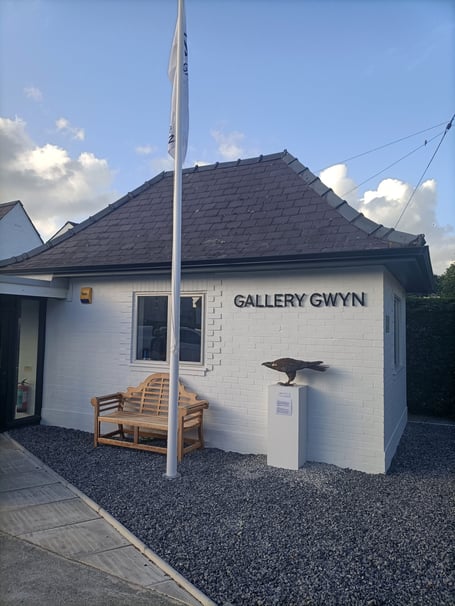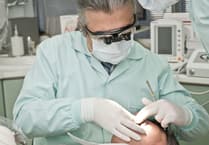AN ABERAERON doctor’s surgery has been given a new lease of life after being largely unused for six years.
Following a £20,000 grant from the Welsh Government’s Transforming Towns programme, the former doctor’s surgery has reopened as a gallery.
This project was led by Ceredigion County Council.
Gallery Gwyn officially opened its doors on 8 April after receiving funding within the year 2021-2022.
Gallery Gwyn is a contemporary Gallery in the heart of Aberaeron showcasing the very best of Welsh Art, with three Gallery spaces and a digital room.
In addition to exhibition space, Gallery Gwyn will provide teaching areas and artist’s studios, plus a dedicated work space for an artist in residence.
The facilities will also include a picture framing service and a space specifically equipped for showing digital art.
There will also be a small retail outlet in the reception area, selling merchandise relating to current exhibitions.
Visitors will be able to buy artworks shown at exhibitions.
On Friday 10 June, Gallery Gwyn hosted a private viewing to open their new exhibitions and also inaugurate their special ‘Plinth Pump’ outside and introduce the garden area.
Helen Duffee and Natalie Chapman from the Gallery, said: “We have been open for nearly two months and everything is going well.
“Visitors seem as impressed with the renovations as they are with the art.”
Transforming Towns is a Welsh Government programme that provided £1.7 million to town centre regeneration in Mid Wales. Town and city centres are an essential and personal part of Welsh heritage and community, and the Transforming Towns programme is dedicated to serving and connecting the people who live, work, learn and spend leisure time in them.
Cllr Clive Davies, Cabinet Member for the Economyand Regeneration said: “It’s fantastic to see how the Transforming Towns programme funding has been used to revitalise a unused building which has brought social and economic benefits to the seaside town of Aberaeron.”
Transforming Towns is focussed on improving biodiversity and green infrastructure; repurposing neglected properties; increasing flexible working and living space; and providing access to services.





Comments
This article has no comments yet. Be the first to leave a comment.